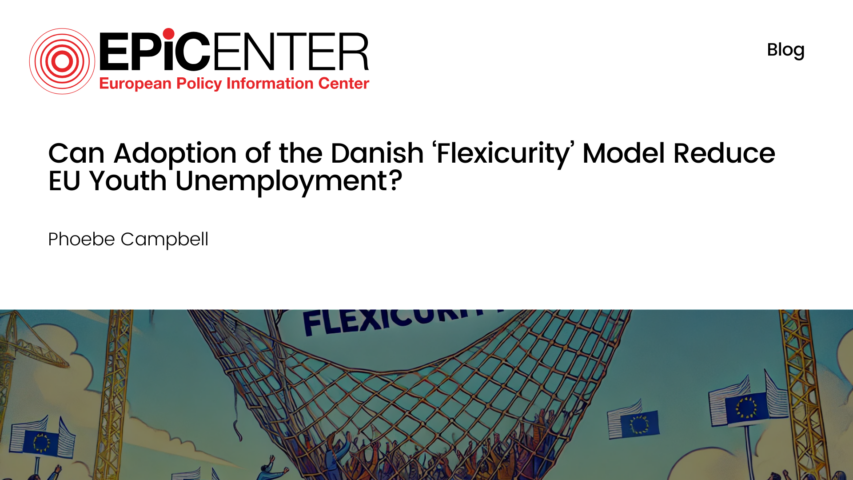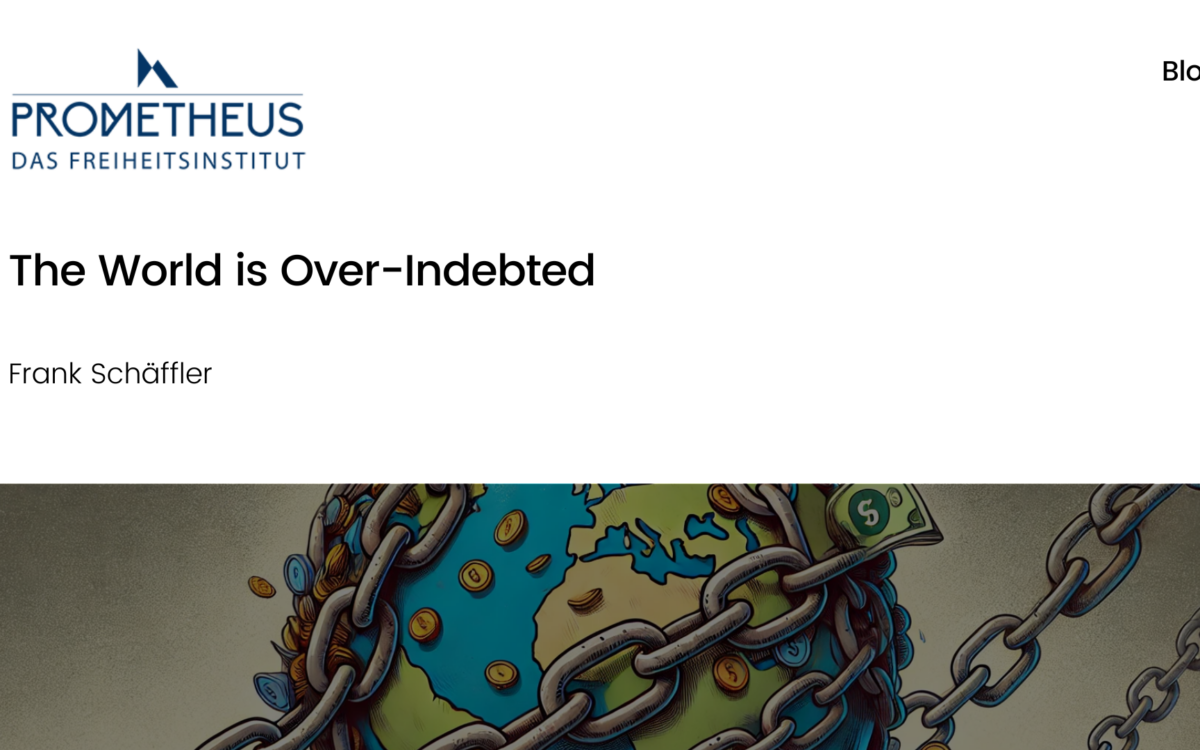Can Adoption of the Danish ‘Flexicurity’ Model Reduce EU Youth Unemployment?

Can Adoption of the Danish ‘flexicurity’ Model Reduce EU Youth Unemployment?
Phoebe Campbell // 5 October 2021
The pandemic has not only had a disproportionate effect on youth employment as young people were more than twice as likely to lose their jobs compared to older employees, but it has also exacerbated the difficulties for young people leaving education and entering the labour market for the first time. In July 2021, the average youth unemployment rate in the EU was 16.2%, a highly misleading statistic masking the significant divergence between EU economies. When it comes to lower unemployment and labour market regulation, member states should look to Denmark for international best practice: the flexibility in Danish labour regulation means Denmark has one of the lowest youth unemployment rates in the EU: 10.3% as of June 2021. If EU member states wish to tackle youth unemployment, they must reduce government interference in the labour market.
Besides the immediate negative effects of youth unemployment such as shrinking motivation and feelings of isolation, policymakers should also not ignore the scarring long-term effects. Workers who are unemployed when young tend to earn significantly less over their lifetimes, lose hope for the future and tend to leave their family home much later. For example, the youth unemployment rate in Italy remains high, 29.4% in June 2021, and the average age to leave their parents’ home is around 30 years old. On a macroeconomic level, youth unemployment slows down a country’s economic growth which contributes to significant losses in terms of unused productive capacity and a higher welfare bill.
EU member states are responsible for their own employment and youth policies. However, the EU has complemented national policies by launching initiatives such as the European Solidarity Corps, the EU Youth Guarantee, and most recently ALMA, ensuring that young people have a quality job or apprenticeship, develop skills, and contribute to society.
Measures to tackle youth unemployment ultimately need to focus on structural changes to the labour market model itself. The 2008 financial crisis highlighted that youth unemployment was significantly higher in countries with a rigid labour market model. In 2019, Spain’s unemployment levels were still higher than they were before the financial crash and in December 2020, Spain still had the highest youth unemployment rate in Europe at 39.4%. Higher levels of regulation stifles worker mobility and leads to higher unemployment rates: it is difficult to fire people in rigid labour markets, therefore the stakes are higher when hiring anyone. In Italy, a worker’s incompetence is not deemed grounds for dismissal as it is the employer’s responsibility to skill their own workers. This ultimately creates an immobile and inefficient workforce which is becoming increasingly difficult for young people to break into. A flexible labour market is able to quickly adjust in response to changing market conditions both in times of prosperity and recession. Worker mobility is higher and workers can choose jobs that match their skills and interests.
The Danish ‘flexicurity’ (flexibility and security) labour market provides the best of both worlds for employers and employees. It enables employers to easily hire and fire their workers in response to a changing marketplace while guaranteeing employees’ needs for security. One of the features of this model is the high level of job turnover: the unemployed, as well as young people entering the labour market, can find jobs relatively easily and most people’s unemployment spells are short. Moreover, the Danish welfare system plays a vital role in ensuring workers are protected from long-term unemployment and its detrimental effects. Employees who pay subscription fees to an A-kasse (an unemployment insurance fund) get up to two years’ dagpenge (unemployment benefits) after losing their jobs. The government also provides reskilling programmes and offers counselling services to get people back to work as soon as possible.
Overall, the high level of post-pandemic youth unemployment demonstrates the need for policymakers to put it at the forefront of policy action. National leaders, particularly Ministers for Economy and Finance, should be discussing the possibilities of adopting flexible labour regulation like the Danish model. This will help them respond to future crises and further reduce youth unemployment.
EPICENTER publications and contributions from our member think tanks are designed to promote the discussion of economic issues and the role of markets in solving economic and social problems. As with all EPICENTER publications, the views expressed here are those of the author and not EPICENTER or its member think tanks (which have no corporate view).



